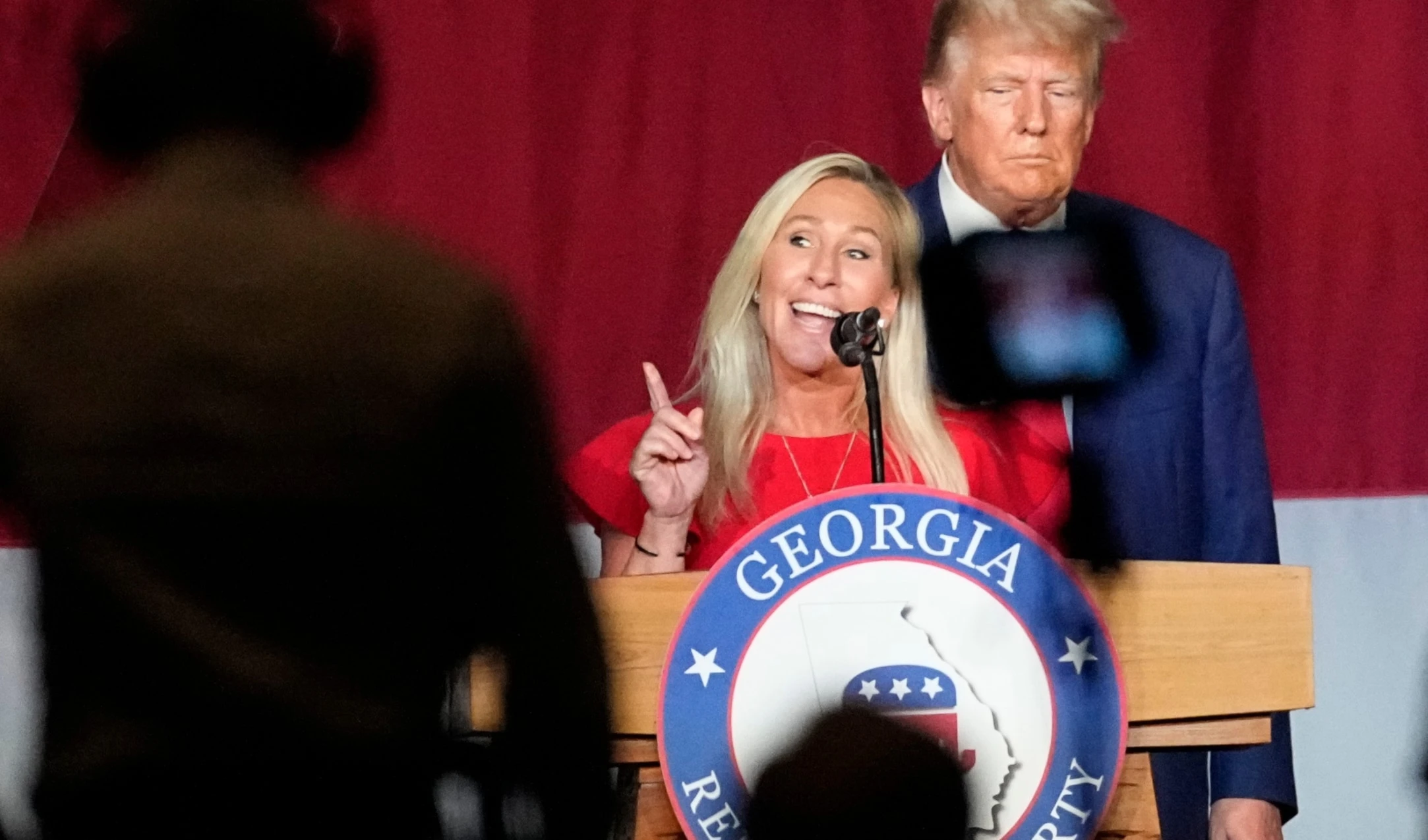China redefines semiconductor country of origin amid trade war
Manufacturers bringing semiconductors into China will now have to list the country where the production factory is located in their customs declaration.
-

A sign for a Nvidia office building is shown in Santa Clara, Calif., on August 7, 2024 (AP)
The China Semiconductor Industry Association announced on Friday a major revision to its rules regarding the country of origin for semiconductors, now requiring that the location of the manufacturing facility — not the site of assembly — will determine a product’s origin.
"According to the provisions related to the rule of definition of the country of origin of goods without benefits, the place of creation of the integrated circuits will be defined on the basis of the principles of change of the four-digit tariff number, which means that the place of production will be considered as the place of origin," the association said in a statement.
Under the new rules, manufacturers bringing semiconductors into China must list the country where the production factory is located in their customs declaration, regardless of where the microchips were packaged. Previously, companies were allowed to declare the country of final assembly as the origin.
Experts cited by China’s NetEase news portal noted that the rule change will have varied impacts on American firms. Companies like Nvidia, Apple, Qualcomm, and Marvell, which largely manufacture and test their products in Asia, are expected to experience minimal disruption.
US companies to pay the price
Meanwhile, companies with substantial production operations within the United States, including Intel, GlobalFoundries, Texas Instruments, and Micron, are likely to face negative consequences, particularly with the imposition of new import tariffs.
The move comes against the backdrop of escalating trade tensions between the United States and China. On April 2, US President Donald Trump signed a decree imposing reciprocal tariffs on imports, setting a base rate of 10%.
Although Trump announced on April 9 that more than 75 countries had requested negotiations, temporarily exempting all but China from the higher tariffs for 90 days, US tariffs on Chinese goods have already surged to 145%.
Trump on Wednesday decreed a sudden and drastic increase in tariffs on Chinese imports, raising them to an unprecedented 125% effective immediately. The announcement came after China responded to previous American tariff hikes with reciprocal measures of its own.
"Based on the lack of respect that China has shown to the World's Markets, I am hereby raising the Tariff charged to China by the United States of America to 125%, effective immediately," Trump wrote on his Truth Social platform.
This escalation follows a series of aggressive tariff increases by Washington over recent months—starting with a 10% hike in February, rising to 20% in March, and reaching 54% earlier in April. In response, China imposed its own tariffs, climbing to 84% by April 9. Rather than pursuing meaningful dialogue, the US administration has continued to inflame tensions with punitive economic measures.

 3 Min Read
3 Min Read










